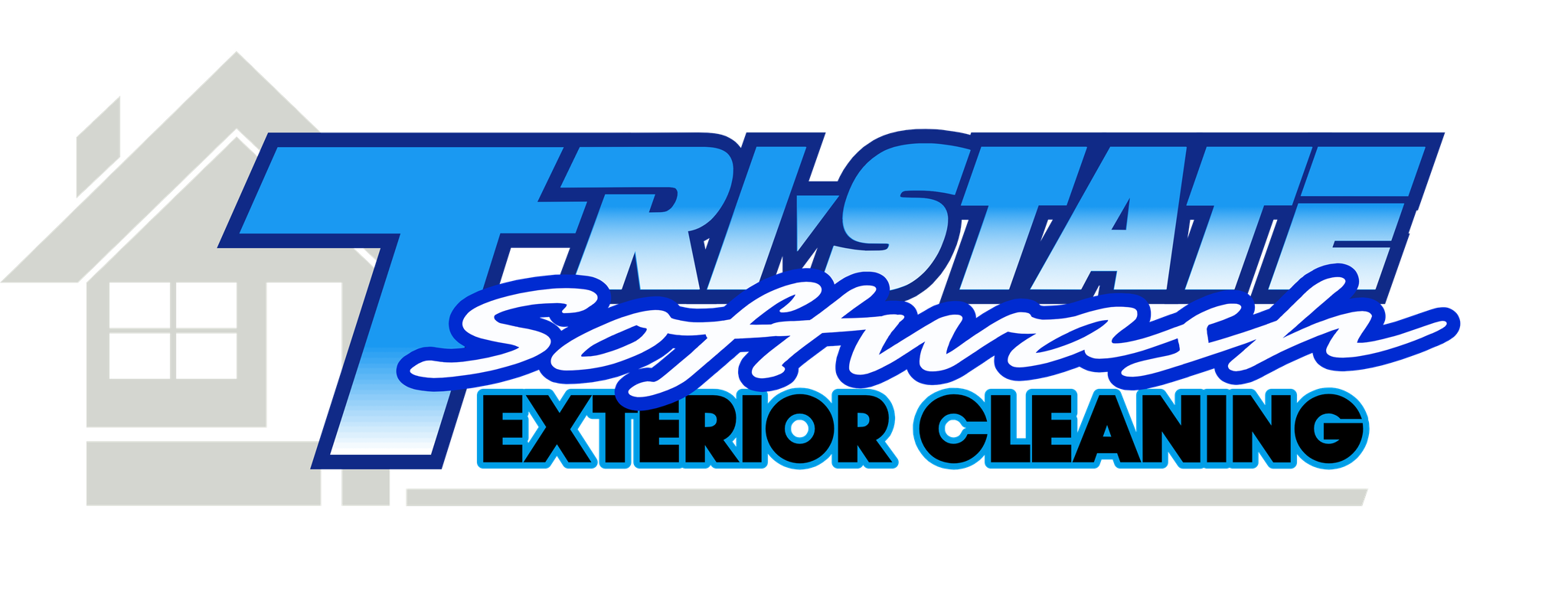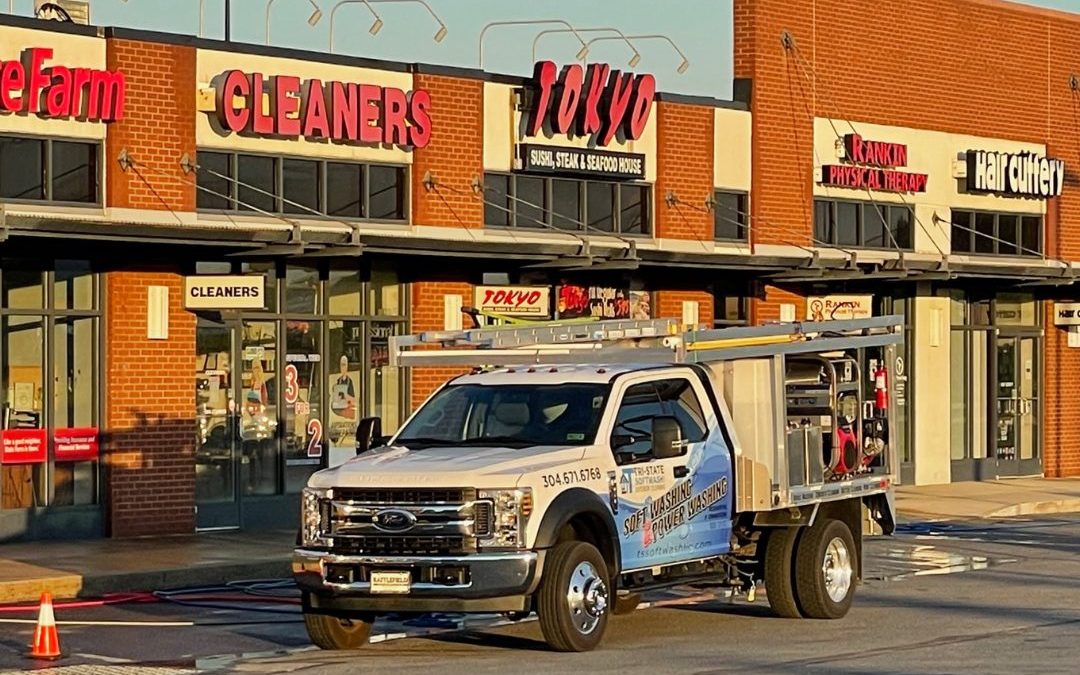Pressure Washing Techniques
Pressure washing, also known as power washing, is a highly effective method of cleaning and restoring various surfaces. It utilizes a high-pressure water spray to remove dirt, grime, mold, mildew, and other stubborn stains from surfaces such as driveways, decks, sidewalks, fences, and buildings. This powerful cleaning technique not only enhances the appearance of surfaces but also helps to maintain their integrity and prolong their lifespan.
The process of pressure washing involves the use of specialized equipment, typically a pressure washer, which generates a strong stream of water at a controlled pressure. The water is expelled through a nozzle or wand, creating a concentrated force that can be adjusted depending on the surface being cleaned. In addition, pressure washers can be powered by electricity or fueled by gas, providing flexibility and portability for various cleaning tasks.
1. Preparing the Area:
Before starting the pressure washing process, it is crucial to prepare the area properly. Follow these steps:
- Clearing Debris: Remove any loose debris, such as leaves, twigs, or stones, from the surface to be cleaned. This will prevent the debris from interfering with the pressure washing equipment and ensure a more thorough clean.
- Protecting Sensitive Plants: Cover nearby plants, flowers, and shrubs with plastic sheets or tarps to shield them from the forceful spray of water and detergents. This precaution will help prevent any damage to delicate foliage.
- Securing Loose Objects: Check the area for loose objects like patio furniture, potted plants, or outdoor decorations. Secure or relocate them to avoid any accidents during the pressure washing process.
2. Surface-Specific Techniques:
Different surfaces require specific pressure washing techniques to ensure effective and safe cleaning. Consider the following best practices:
- Driveways: Use a high-pressure nozzle and a wide spray pattern to remove dirt, oil stains, and grime from concrete or asphalt driveways. Start from one end and work your way across, overlapping each pass slightly.
- Decks: Use a wide spray pattern and lower pressure to prevent damaging the wood. Keep the nozzle moving evenly, following the grain of the wood, to remove dirt, mildew, and algae. Consider using a deck cleaner or mild detergent for deeper cleaning.
- Siding: Use a medium-pressure nozzle and a wider spray pattern to clean siding. Start from the bottom and work your way up, using even strokes to remove dirt, dust, and stains. Be cautious around windows, vents, and electrical fixtures to prevent water intrusion.
- Fences: Adjust the pressure according to the fence material. For wooden fences, use a wider spray pattern and lower pressure to avoid splintering or damaging the wood. For metal or vinyl fences, a higher pressure can be used, but ensure the nozzle is at a safe distance to avoid denting or warping the surface.
3. Soft Washing:
Soft washing is a gentler approach suitable for delicate surfaces such as roofs and painted exteriors. Instead of using high-pressure water, it involves the use of specialized detergents and low-pressure techniques. Here are the key steps:
- Assess the Surface: Determine the material and condition of the surface before starting. Assess any existing damage, loose shingles, or cracks that need attention before the soft washing process.
- Choose the Appropriate Detergent: Select a mild detergent specifically formulated for soft washing. These detergents are designed to break down dirt, algae, mold, and mildew without causing harm to the surface.
- Apply the Detergent: Using a low-pressure nozzle or a soft washing system, apply the detergent evenly over the surface. Allow the detergent to sit for the recommended duration to loosen the dirt and contaminants.
- Rinse: After the detergent has had time to work, rinse the surface using low-pressure water. Start from the top and work your way down, ensuring thorough rinsing without applying excessive force.
- Removing Tough Stains:
Pressure washing can effectively eliminate tough stains like grease, oil, mold, and mildew. Consider the following techniques:
- Grease and Oil Stains: Pre-treat the stained area with a degreaser or a specialized oil stain remover before pressure washing. Allow the product to penetrate
For more information about Tri State Softwash or to get a free quote for Concrete Cleaning, Pressure Washing, House Washing, Rust Removal, Gutter Cleaning, and Roof Cleaning visit our website tssoftwashllc.com or call us at (304) 671-6768. We strive to be the best Concrete Cleaning Martinsburg in Martinsburg, WV. You can trust Tri State Softwash to always provide satisfaction guaranteed Concrete Cleaning Martinsburg.

